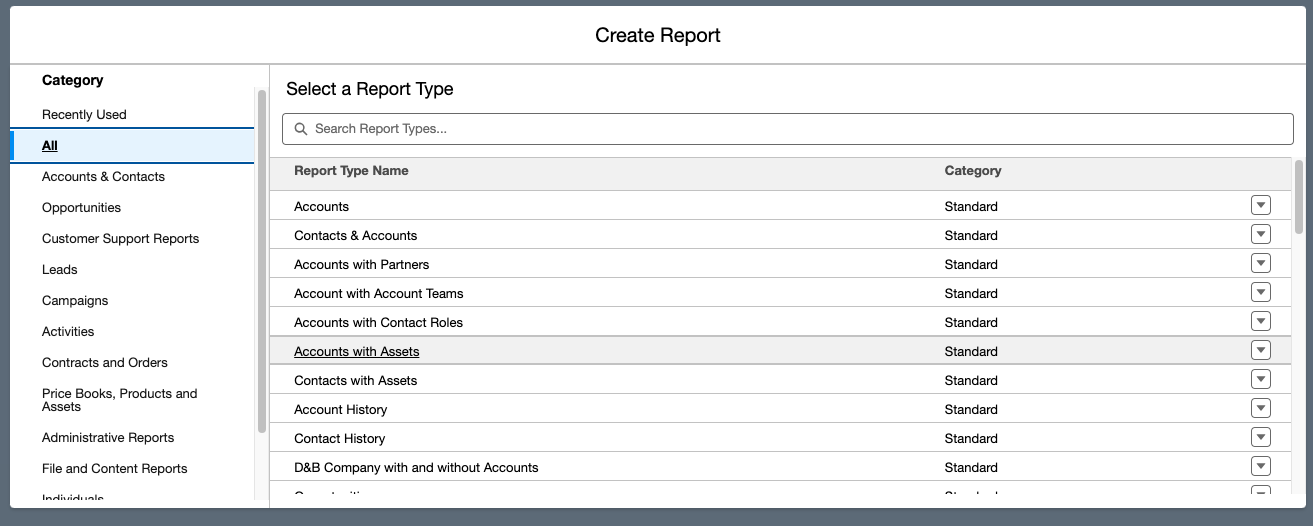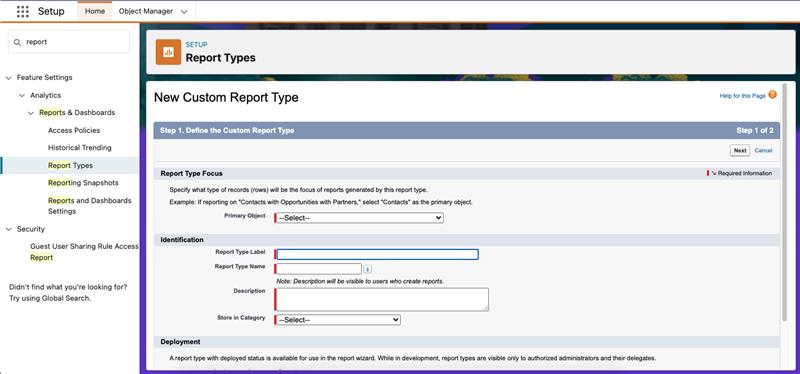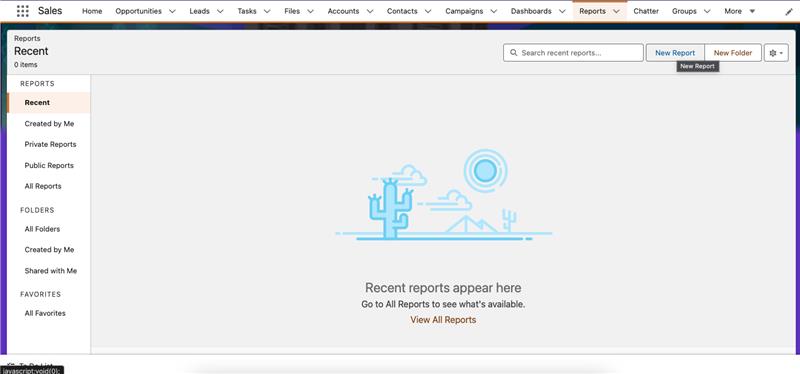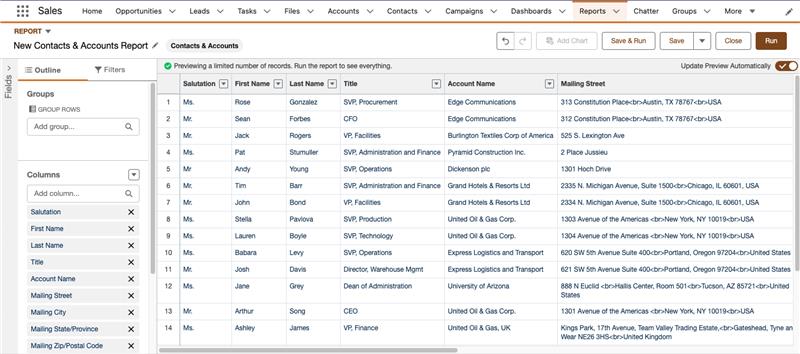Learn everything about Salesforce Reports, including Standard & Custom Report Types, report formats (Tabular, Summary, Matrix), and how to create reports.
 Dadich Rami
Dadich Rami Whether you're looking to optimize your Salesforce solution or need custom development, our team is here to help you unlock the full potential of Salesforce.
A report is a document or statement that presents data in an organized form. It provides information using raw data. Reports can be delivered orally, although document forms are more preferred.
Salesforce reports are a powerful way to organize, display, and analyze data stored in Salesforce. Reports are created on objects, and related objects can also be used, with the Lightning Report Builder. The Lightning Report Builder is a drag-and-drop tool for creating and editing reports. Building reports has become much easier and faster with the Lightning Report Builder.
There are two types of Report Types: –
1. Standard Report Type.
2. Custom Report Type.
Salesforce provides predefined report types called “Standard Report Types.” You can create reports more quickly and easily using these report types. Examples of Standard Report Types include Account and Contact Reports, Activity Reports, Lead Reports, and Sales Engagement Reports.

Fig – 1.1 Standard Report type example while creating report.
With custom report types, you can enable users to create reports using the predefined objects, object relationships, and fields you specify. Some objects have complex relationships that may not be included in a standard Report type. For these cases, Salesforce provides custom Report types, which let you create reports involving multiple related objects.

Fig – 1.2 Creating Custom Report type.
You might confuse Report type with types of Report, but they are different. There are four main types of Report in Salesforce:
The simplest type of report is the tabular Report. As the name suggests, it displays data in a table format, showing rows of records with a total. Tabular reports do not include visualizations. You can easily export this type of report. If you want to group records or create charts, you will need to use a different report format. Tabular reports are suitable for simple data presentation without features such as visualizations or grouping.
It is similar to a tabular Report; once you add grouping to a tabular report, it becomes a summary Report. These reports display grouped data and subtotals. They allow grouping of rows (not columns), viewing subtotals, and creating charts. You can also create hierarchically grouped reports and subgroup fields by dragging them under the initial group.
If we add grouping by columns to a summary report, it becomes a matrix Report. This means adding groupings by both rows and columns to a tabular Report. A matrix report is used when you want to view data across two unrelated types. It is a relatively complex type of report.
A joined report combines multiple reports into a single view, allowing different report formats within one tab. Data in joined reports are organized into blocks, and you can use a different report type for each block.
To create a report, click the Report tab in your application. If you do not see it, click the App Launcher, search for it, or add the tab to your application. Once you are in the Report tab, click the New Report button.

Fig – 1.3 Creating New Report from Reports Tab.
When you click the New Report button, a pop-up window opens as shown below:

Fig – 1.4 Selecting Object or Report Type.
Select the object or report type (Standard or Custom Report Type) on which you want to create the report. Then click the Start Report button. In this example, I am selecting Account & Contact (Standard Report Type).

Fig – 1.5 Contact & Account Standard Report type on Report Builder.
As shown in the screenshot above, a simple tabular report appears in the report builder. This is straightforward, so no further action is needed at this stage. You can customize the report by adding columns, filter criteria, or grouping. After creating the report, save it by clicking Save or Save and Run. You can also add the report to the dashboard or include a chart.
Salesforce Reports are powerful and efficient tools for organizing, displaying, and analyzing data within Salesforce. Standard and custom Report types enable users to create reports tailored to their specific needs, from simple data presentations to complex relationships between objects. The Lightning Report Builder simplifies the process by allowing users to create or edit reports with an intuitive drag-and-drop interface. By understanding the four types of reports – Tabular, Summary, Matrix, and Joined – users can select the best format for presenting their data.